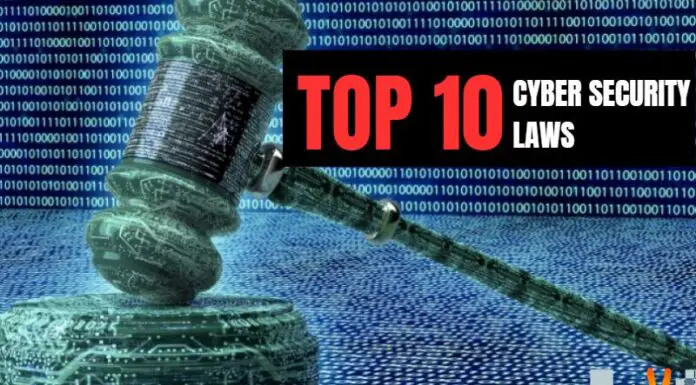The IT industry is an industry that is accountable and responsible for the technology used in the development, testing, distribution, maintenance, and use of software, computers, and computer-related systems for the management and processing of data, information, and knowledge. It is a growing field that has impacted our lives and led the way in advancing globalization. But even as we benefit from the advantages of the digital age, there are certain drawbacks. Do you know about them?
Let’s discuss the challenges confronting the IT industry in detail:
1. Threats To CyberSecurity
A malicious act that aims to destroy data, steal data, or otherwise interfere with digital life is a cyber security threat. Cyber threats may originate from numerous trusted users or distant locations.
Some common cyber security threats are spyware, malware, Phishing attacks, Data manipulation, Distributed Denial of service attacks, Ransomware, Zero-day exploits, theft of money and unpatched software, etc. 
2. Cloud Computing
Cloud computing is an abstraction of computation, storage, and network infrastructure put together as a platform that allows for speedy application deployment and dynamic scaling. One can use services from the cloud provider to access resources like processing power, storage, and databases rather than purchasing or owning actual data centres and servers. The expense of using the cloud, service interruptions, data overload, password security concerns, and—most importantly—data privacy—are just a few of the problems and worries.

3. Shortage Of Talent
The difficulty facing the IT sector is staff retention. Software businesses hire employees, train them, and then watch as they leave the position after gaining sufficient work experience. Employers invest in their people to include them in a workflow. The talents that employers need and the skills that applicants possess are vastly different. Our educational system still requires reform. And that has an impact on the sectors looking for highly skilled workers. Although there is a high level of unemployment in our nation, many employers struggle to fill positions with qualified candidates.

4. Outsourcing Risk
Due to a skills scarcity or a need to cut costs, more businesses are choosing to outsource. However, outsourcing has brought significant difficulties, including security risks, legal complexities, and cultural and time zone obstacles. The largest disaster for IBM in 2004 occurred when J.P. Morgan cancelled its seven-year, $5 billion IT contract with IBM in hiring its own IT staff again, costing IBM millions of dollars.

5. Remote Employment
Due to the absence of management or team members who could act as resources or consultants, working remote can create particular difficulties. Infrastructure is the primary requirement for such operations, for purchasing assets which can support, regulate, and manage vast amounts of data. It is an additional expense for the IT sector.

6. Government Regulations Of Different Nations
Employers in the US recruit highly qualified workers from other nations to fill roles in their organizations. The Trump administration revised the H1-B visa regulation after these individuals received H1-B visas, which affected the firms that rely on the US market. Companies found it challenging to demonstrate that the employee or workers travelling on an H1-B are supposed to serve a function in the project and are not travelling for personal benefits or hidden gains due to new procedures created by the US government to acquire H1-B.

7. Economic Stagnation
The majority of the clientele in India’s IT industry is from Western nations ( US, UK, Spain, and Canada). These Western nations have seen sluggish economic growth in recent years, hampered India’s IT industry’s expansion. The biassing relationship between the dollar and the rupee has always existed, which only serves to fuel the fire. The industry is already under pressure due to the rising dollar-to-rupee exchange rate.

8. Lack Of Transformation And Innovation
IT companies first began as service businesses. Now, these businesses should have evolved into pure software businesses. However, this is not the case. Lack of innovation and transformation is hampering the growth of the IT industry.

9. Supply-Chain Breakdowns
Geopolitical difficulties have additional effects on IT, most notably today’s supply chain problems that cause delays in vital technological components. For instance, the CEO of Intel stated in April that he anticipates the chip scarcity to continue through 2024.

10. High Rates Of Turnover
Having the necessary knowledge is essential to solving any technological problem. Burnout and high turnover rates are unfortunate trends in the IT sector. It’s not surprising to hear that small-to-medium-sized businesses are dealing with this heightened competition for people rising US tech pay, which averages beyond six figures.



















